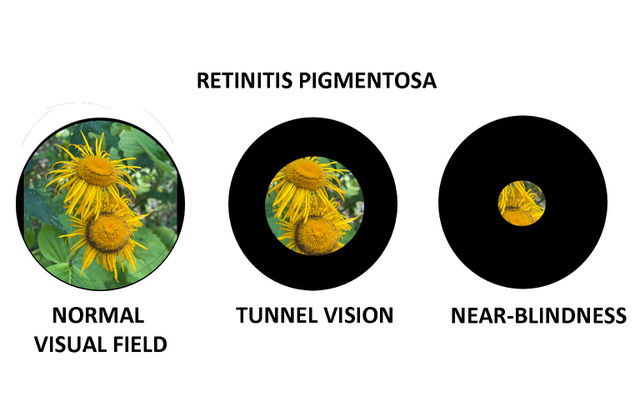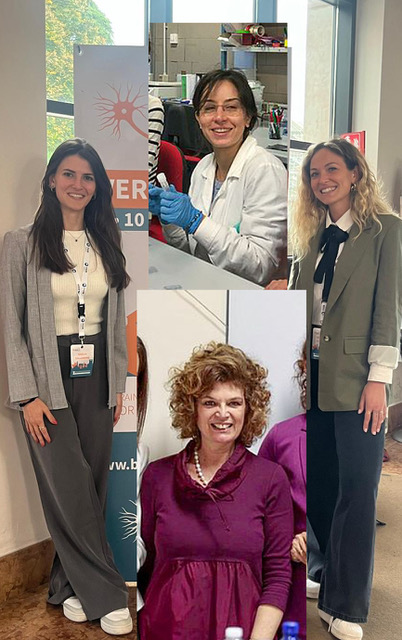A Rose for Sight, a Rose for Life
Between our Foundation and the Institute of Neuroscience of the National Research Council (CNR), the project «A Rose for Sight is a Rose for Life» has been launched.
The project supports the study and development of preclinical therapies aimed at preserving retinal photoreceptors to improve the quality of life for patients with retinitis pigmentosa (RP). It is part of the Institute’s broader research program focused on slowing down hereditary diseases that cause degeneration of the retina, the visual system, and the brain.

Retinitis pigmentosa (RP) is a hereditary disease that leads to the progressive degeneration of photoreceptors, resulting in blindness. Characterized by a wide range of genetic mutations, RP initially affects the rods, causing night blindness and tunnel vision, and later impacts the cones, impairing visual acuity and color discrimination. There is currently no cure for RP and since rods and cones are neurons of the retina, a Central Nervous System organ, they lack regenerative abilities.
In the retina, rods and cones are specialized in capturing light and converting it into electrical signals that are transmitted to the brain. This is where the visual process begins, a process of paramount importance in humans. In retinitis pigmentosa, the progressive loss of function and degeneration of rods and cones occurs. Blindness is inevitable, and the disease is almost always incurable. Our team’s research focuses on treatments aimed at slowing the progression of RP, a slow disease by nature, where further deceleration could be considered a treatment in itself. The goal is to preserve the cones in particular, as they are the only photoreceptors responsible for residual vision in RP patients. This approach involves mutation-independent treatments, potentially extending the window of useful vision for a larger number of patients.
One key area of focus is inflammation, both ocular and systemic. Previous studies have demonstrated the role of inflammation (which develops secondarily to the onset of RP) in cone loss. Therefore, treatments aimed at reducing this process are being evaluated, using drugs already approved for other ocular conditions.


Our objective is to offer RP patients a better quality of life by proposing an innovative therapeutic approach aimed at preserving vision, the most important of human senses.

